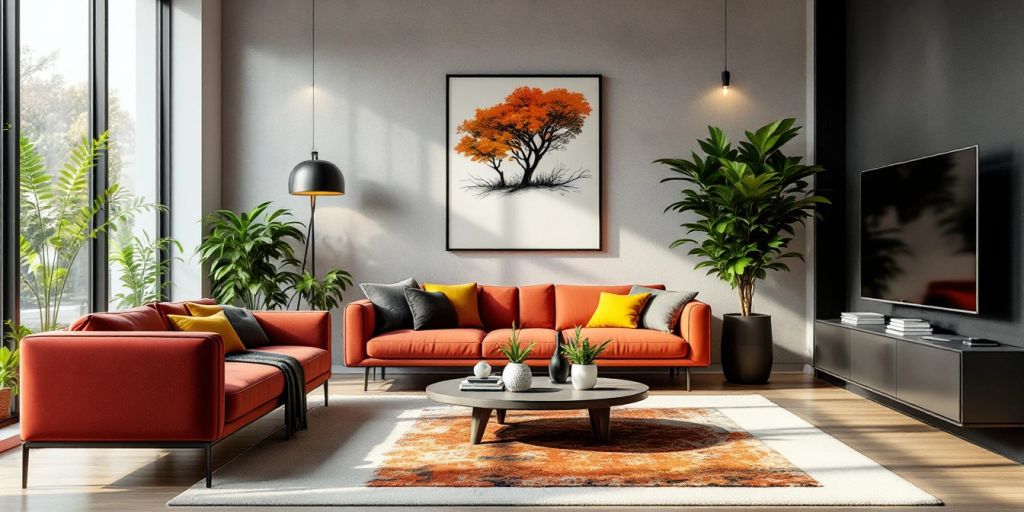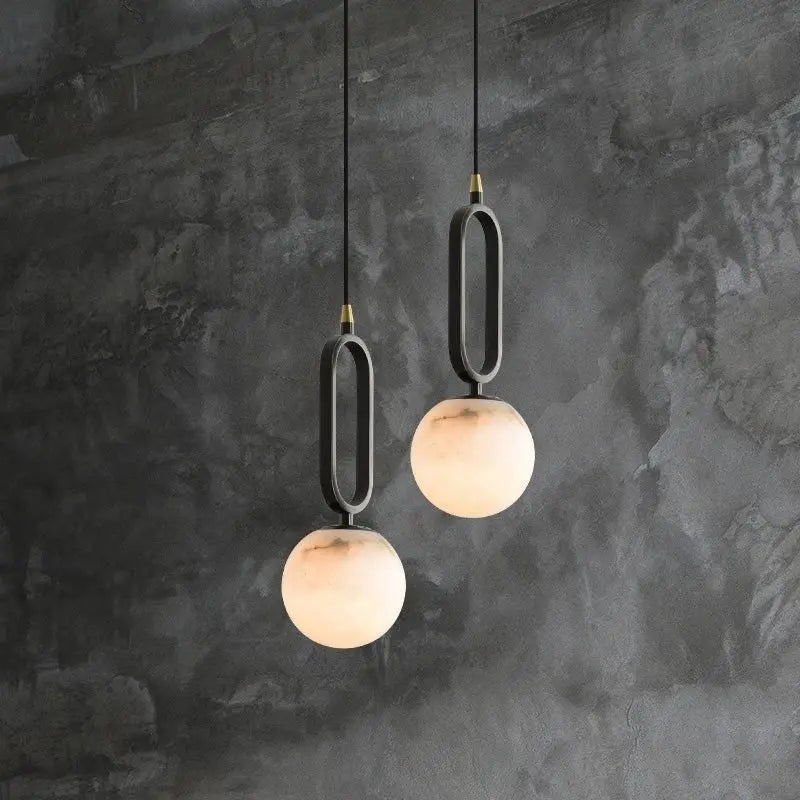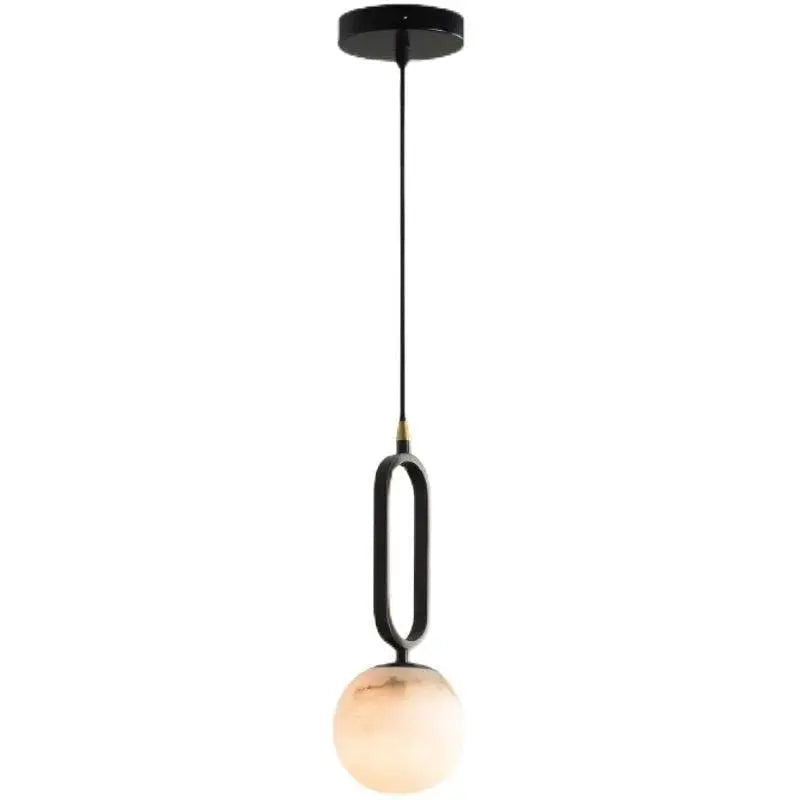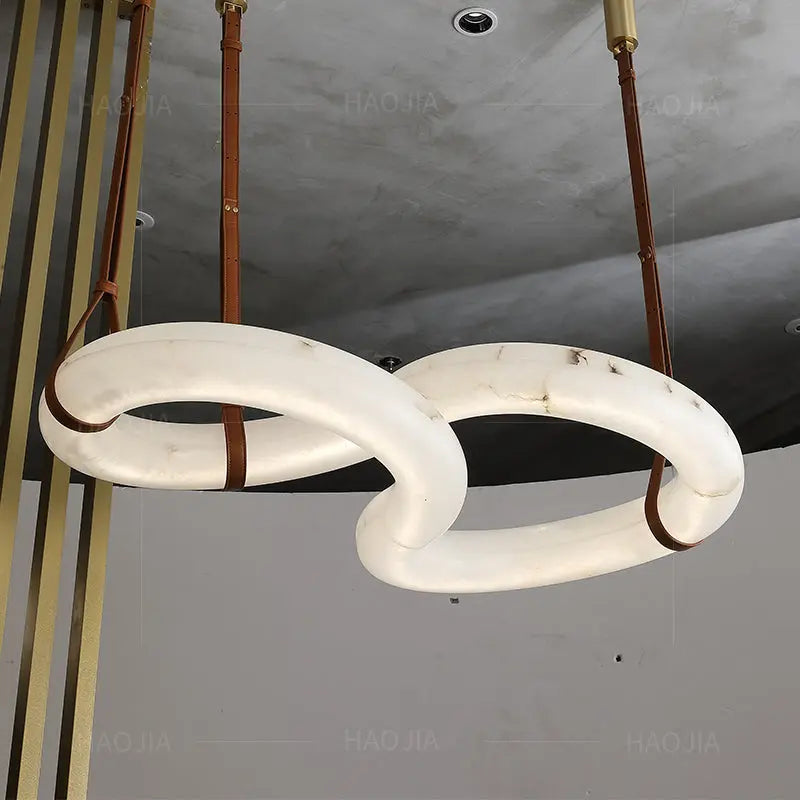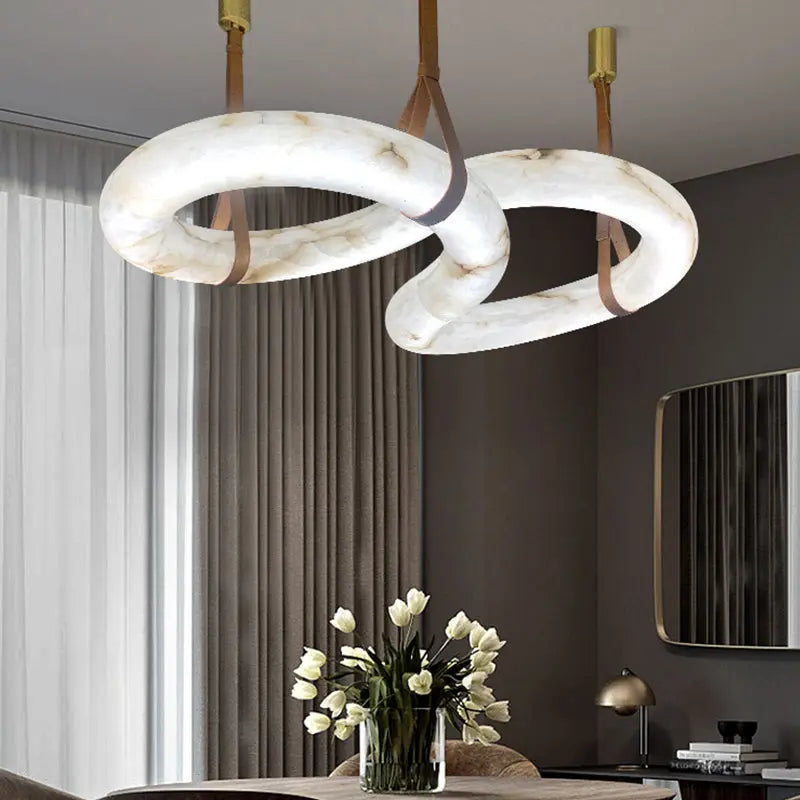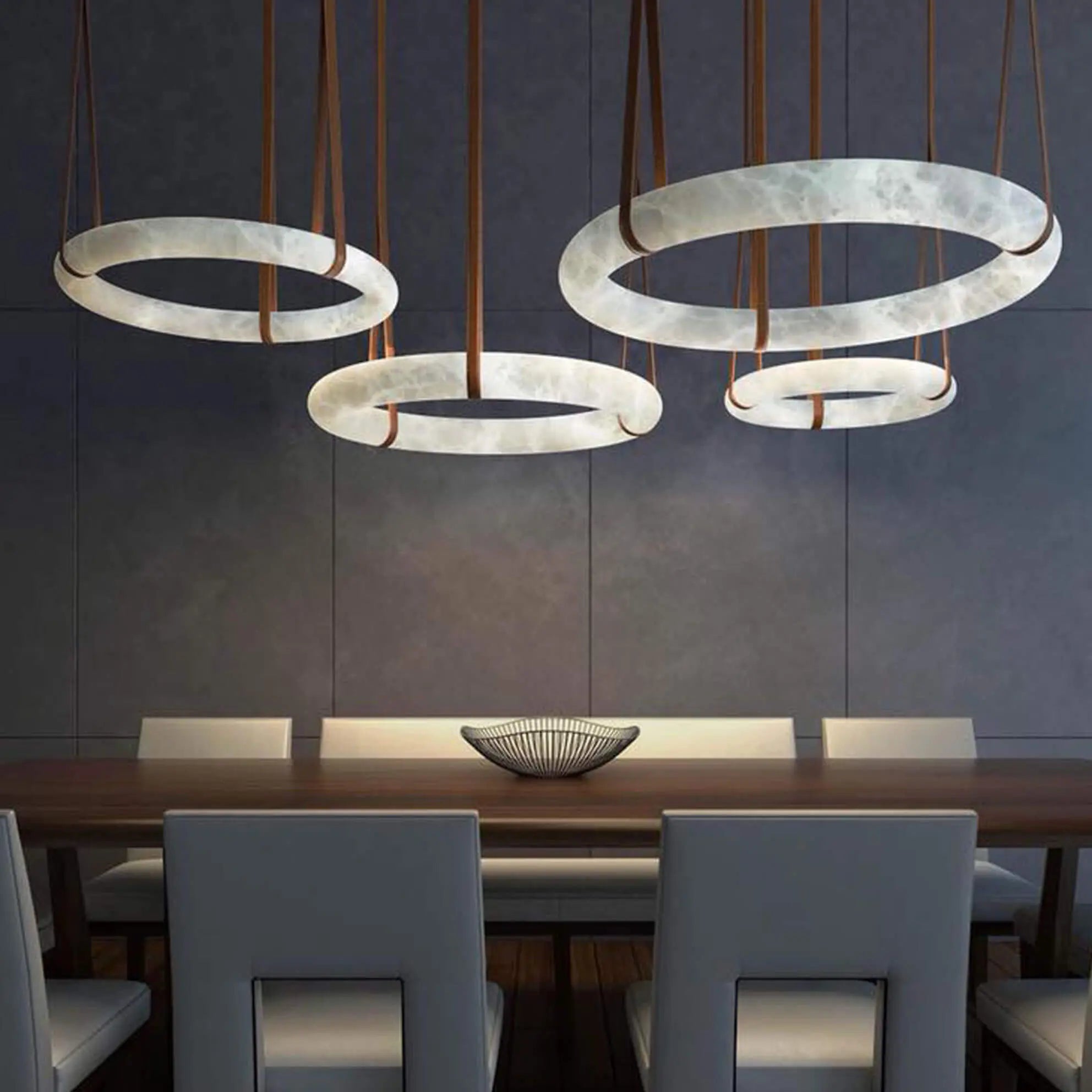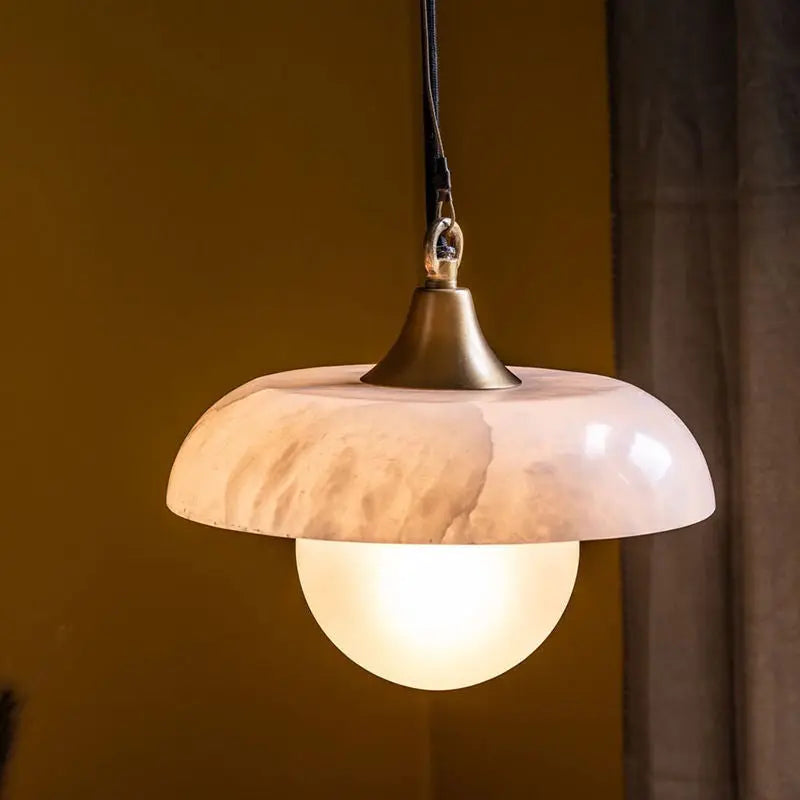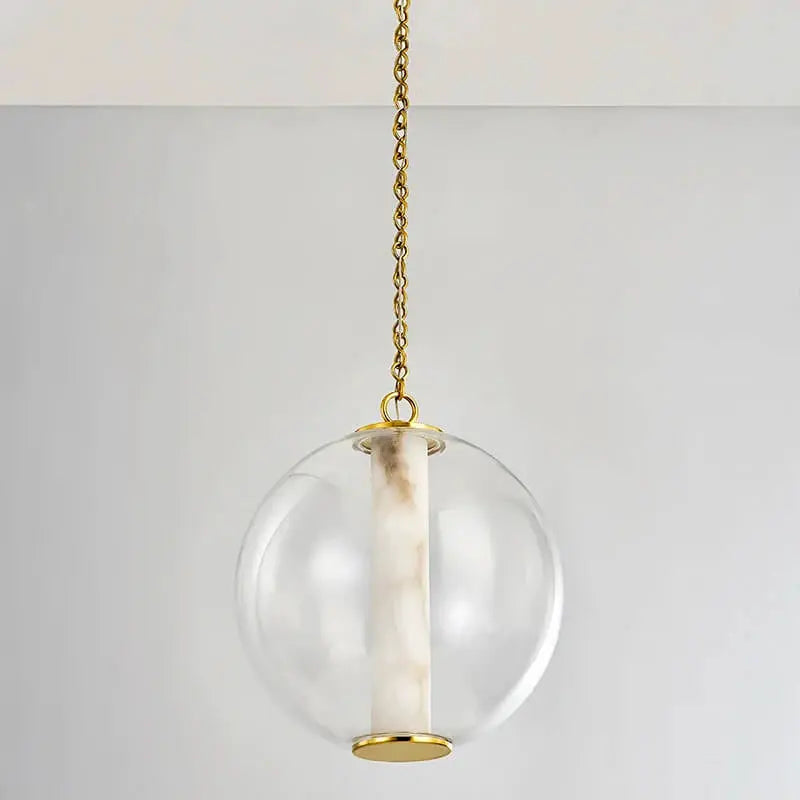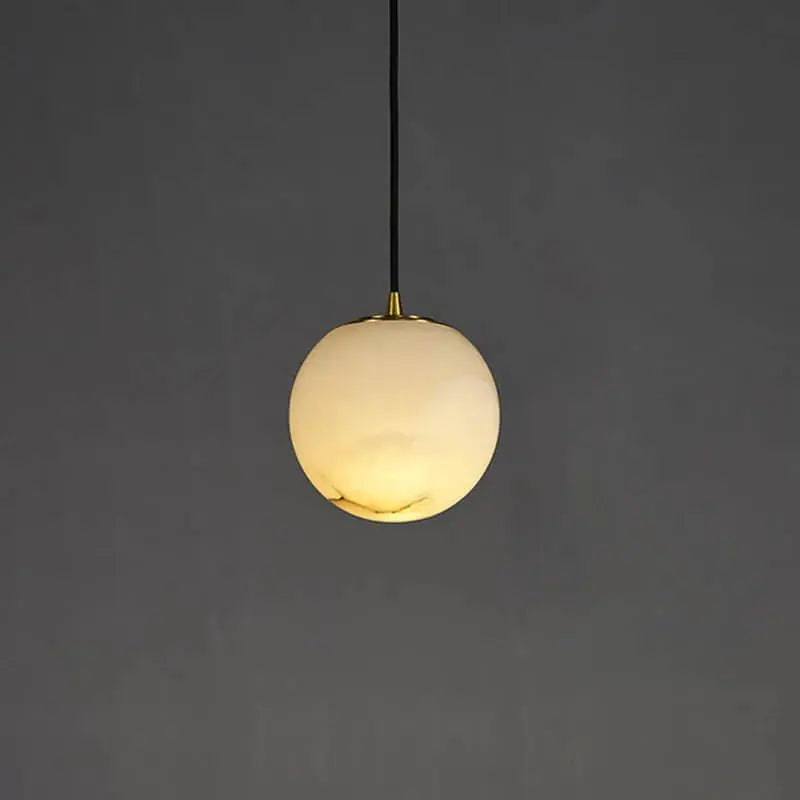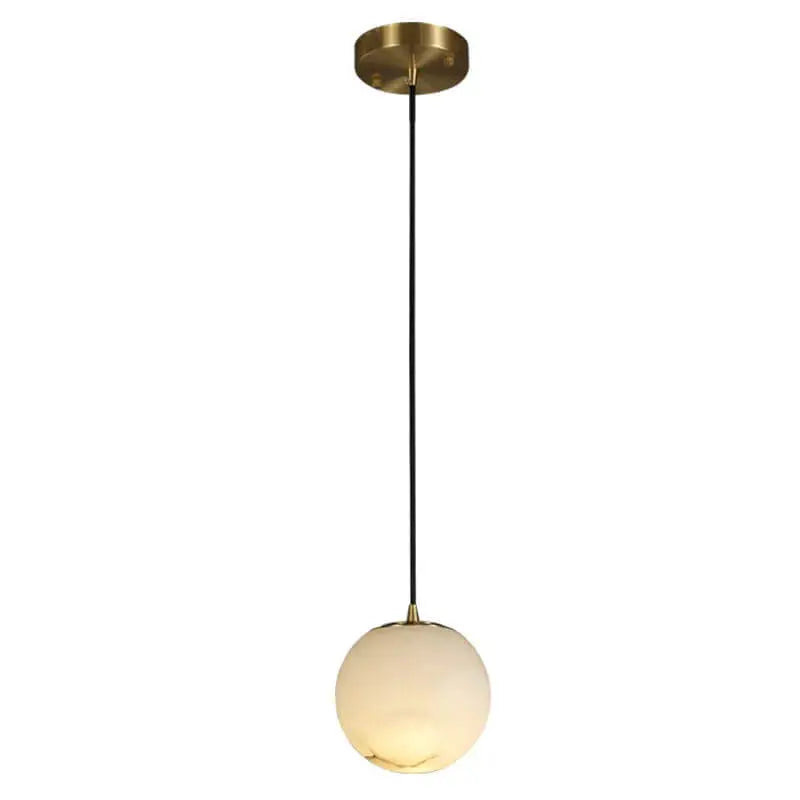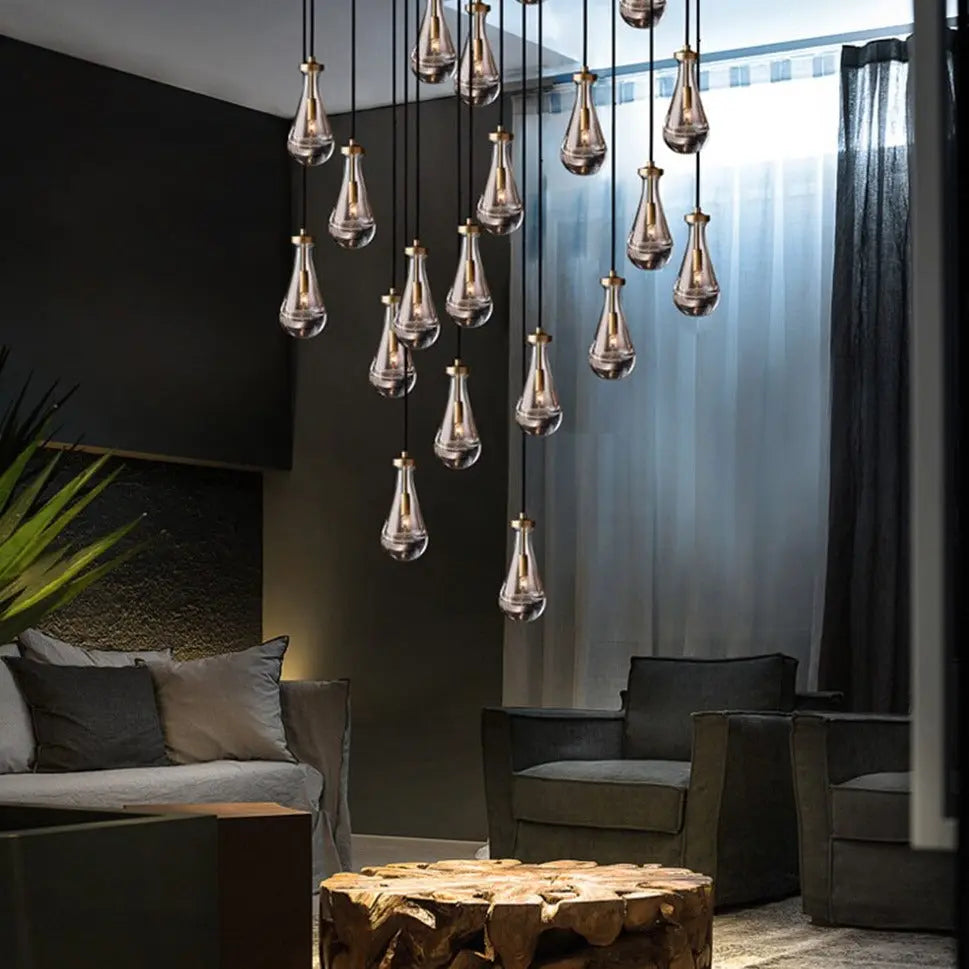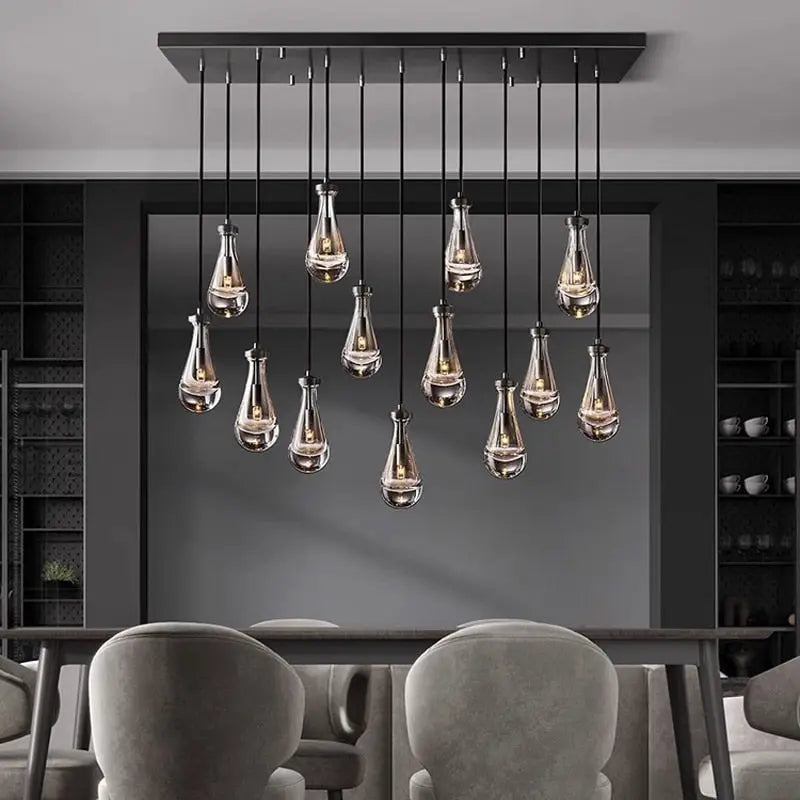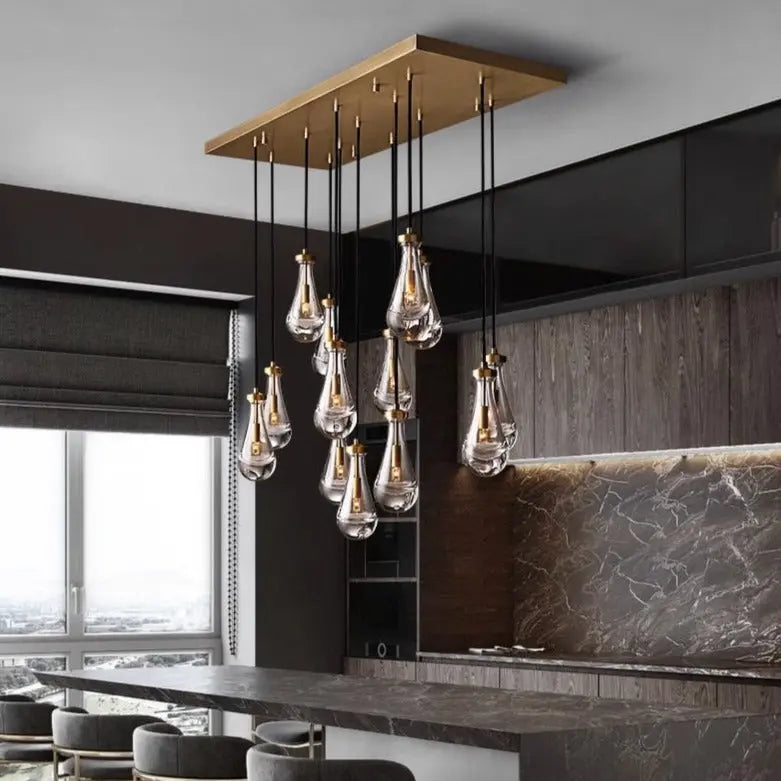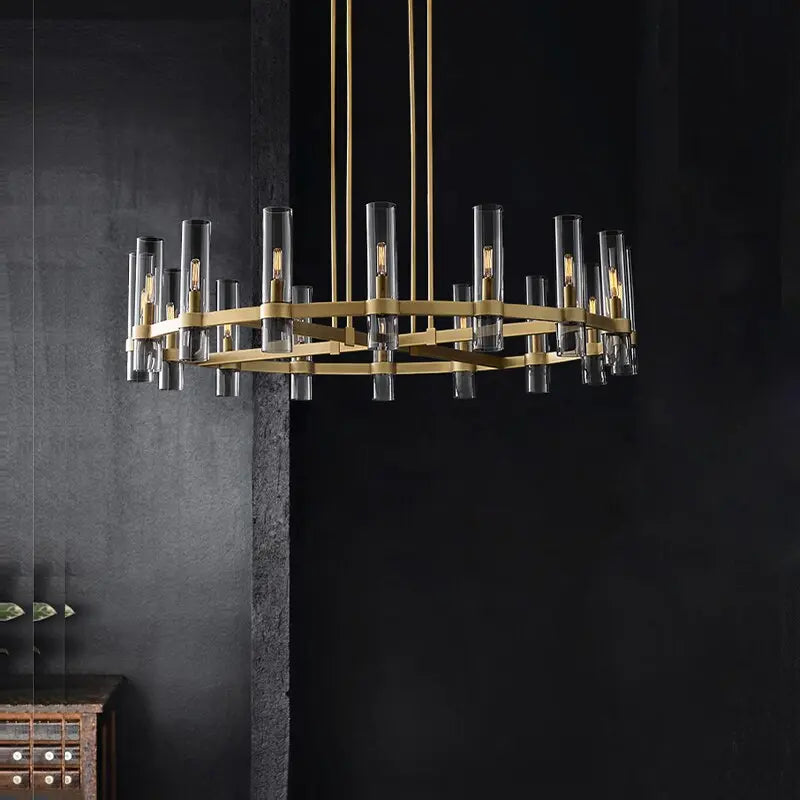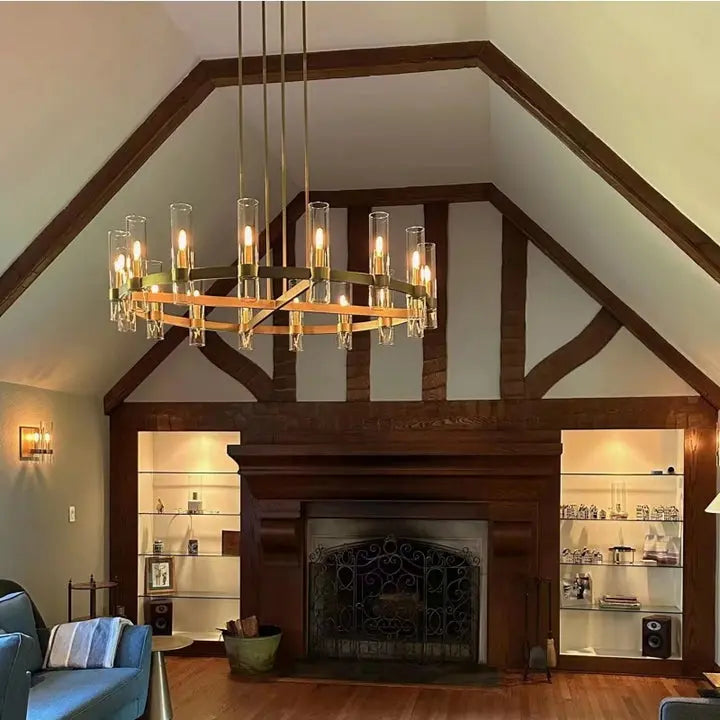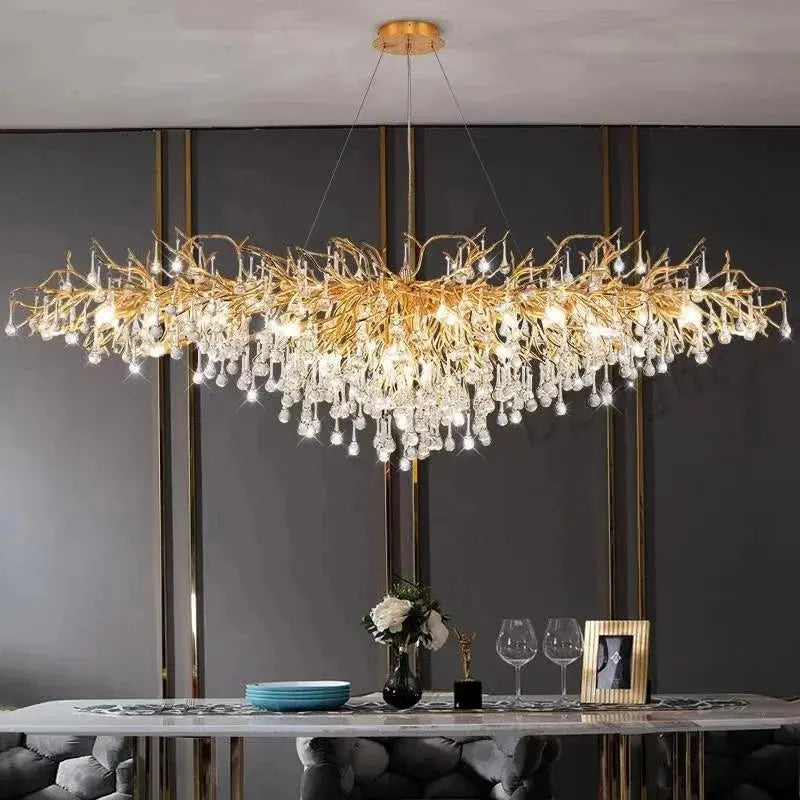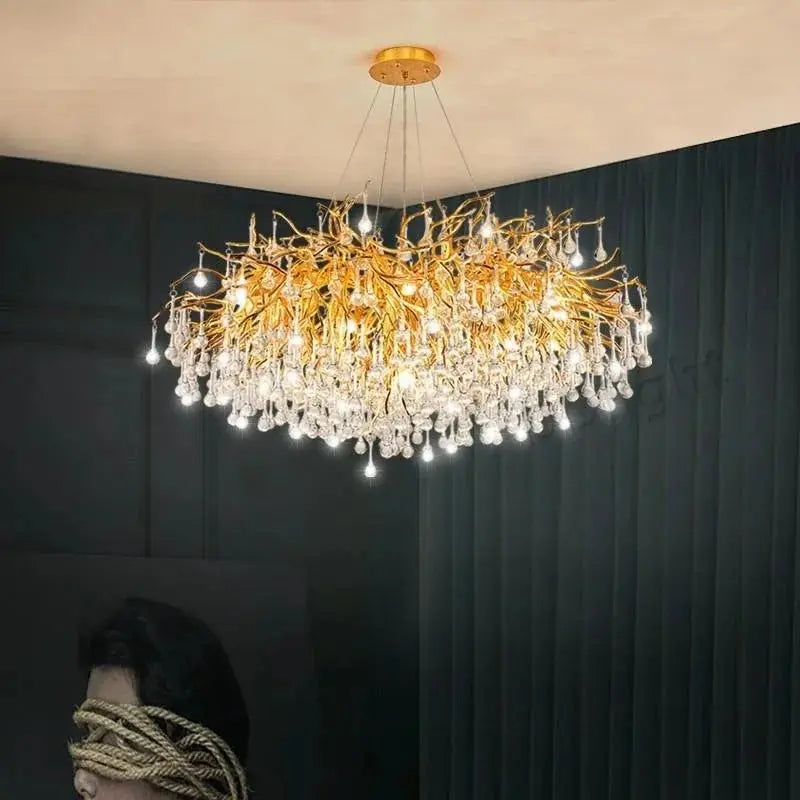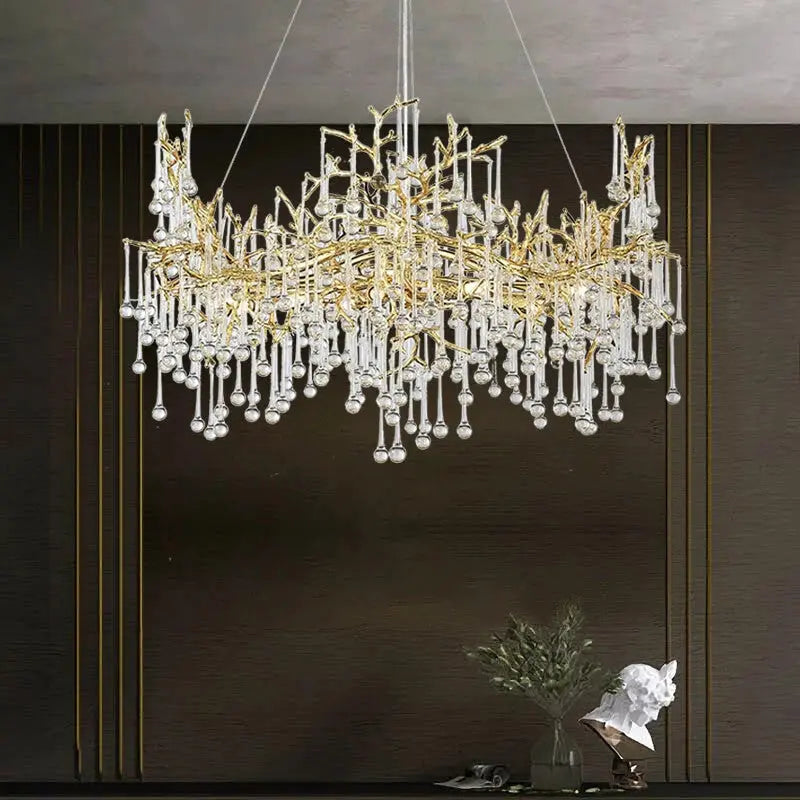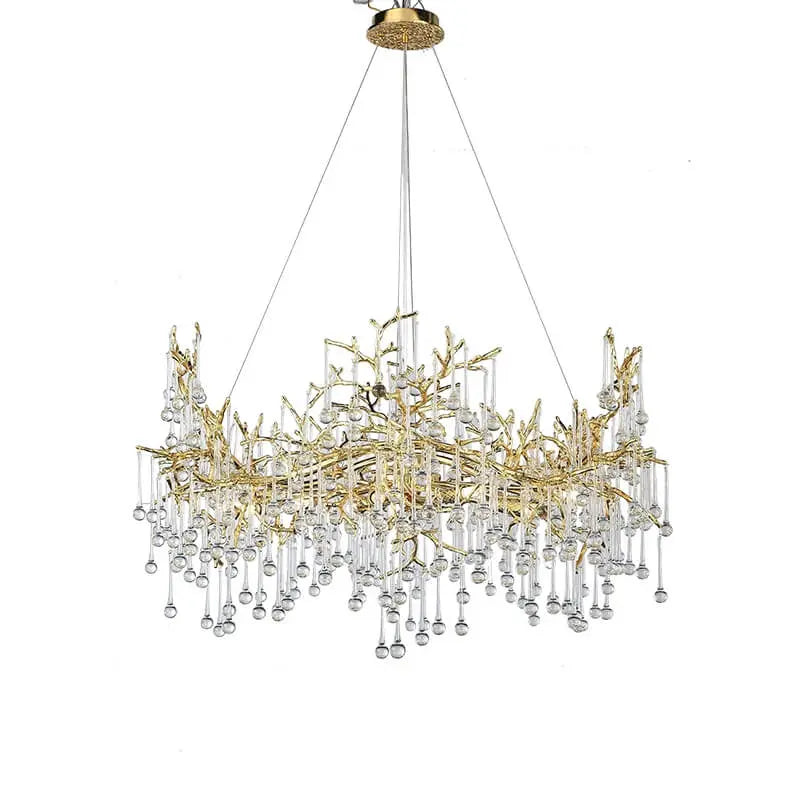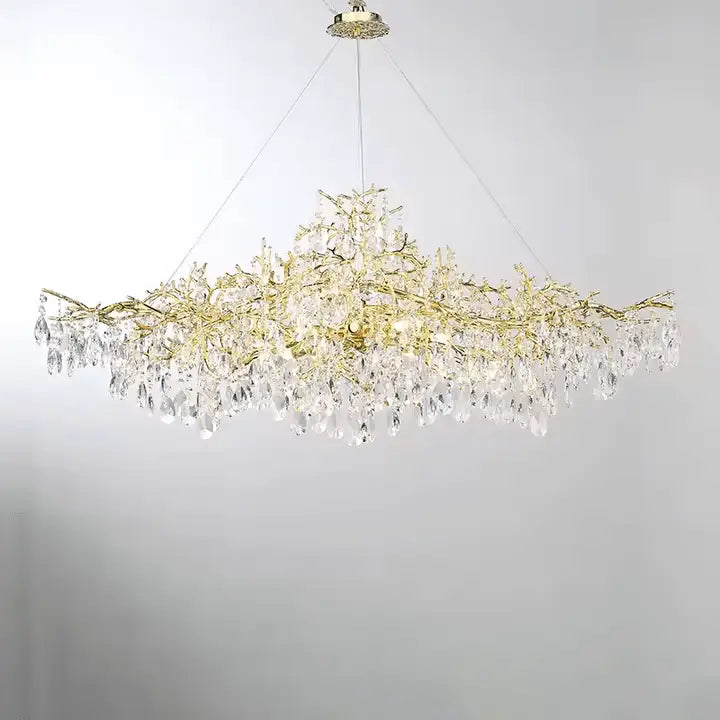In today's world, home design is evolving rapidly, offering exciting new ways to make our living spaces more functional and stylish. This article explores innovative ideas that can transform your home into a beautiful and practical haven. From open layouts to smart technology, discover how to elevate your living space and create an environment that reflects your personality and meets your needs.
Key Takeaways
- Open floor plans create a sense of freedom and allow natural light to flow.
- Smart home technology makes daily tasks easier and adds modern convenience.
- Eco-friendly designs help save money and are good for the planet.
- Multifunctional spaces are perfect for busy lifestyles and can serve many purposes.
- Lighting plays a key role in setting the mood and highlighting design features.
Open Floor Plans for Modern Living
Open floor plans are a popular choice in modern home design. They create a spacious feel by removing walls between rooms, allowing for a smooth flow from one area to another. This design is especially beneficial for contemporary homes as it enhances interaction and natural light.
Benefits of Open Floor Plans
- Increased Natural Light: With fewer walls, sunlight can brighten the entire space.
- Improved Traffic Flow: Movement between areas is easier, making it great for gatherings.
- Versatile Layouts: You can rearrange furniture easily to fit your needs.
Design Tips for Open Spaces
- Use Large Furniture: This can help define areas without needing walls.
- Choose Light Colors: Soft shades can make the space feel even larger.
- Incorporate Multi-Functional Pieces: Items like ottomans that double as storage can save space.
Incorporating Natural Light
- Skylights: These can bring in light from above, brightening dark corners.
- Large Windows: They not only let in light but also connect the indoors with the outdoors.
- Mirrors: Placing mirrors strategically can reflect light and create an illusion of more space.
Open floor plans are not just about aesthetics; they promote a sense of community and togetherness in your home.
In summary, open floor plans are a key feature in minimalist home design and Scandinavian homes, making them ideal for those who appreciate a clean, airy feel. Whether you live in a loft home or a townhouse, this design approach can elevate your living experience.
Integrating Smart Home Technology
Smart Lighting Solutions
Imagine walking into a room where the lights automatically adjust to your preferred brightness. Smart lighting systems can be controlled via your smartphone or voice commands, making it easy to set the mood for any occasion. Here are some benefits of smart lighting:
- Energy efficiency: Save on electricity bills.
- Convenience: Control lights from anywhere.
- Customization: Set schedules and scenes.
Home Security Innovations
Keeping your home safe is easier with smart technology. Smart security systems allow you to monitor your home remotely. Key features include:
- Smart locks: Lock or unlock doors from your phone.
- Cameras: View live feeds and receive alerts.
- Motion sensors: Get notifications when movement is detected.
Voice-Controlled Home Systems
Voice assistants like Alexa or Google Home can control various devices in your home. This makes daily tasks simpler. Here’s how:
- Control appliances: Turn on/off devices with your voice.
- Set reminders: Get alerts for important tasks.
- Play music: Enjoy your favorite tunes hands-free.
Smart homes are not just about convenience; they also enhance your home decor by integrating technology seamlessly into your living space. Smart home design can transform your everyday life, making it more enjoyable and efficient.
By incorporating these technologies, you can create a modern living environment that is both functional and stylish. Embrace the future of home design with smart solutions that elevate your living space!
Sustainable and Eco-Friendly Designs
Energy-Efficient Building Materials
When building or renovating, consider using energy-efficient materials. These can help reduce your energy bills and make your home more comfortable. Here are some options:
- Recycled materials: Use items like recycled glass or reclaimed wood.
- Insulation: Choose high-quality insulation to keep your home warm in winter and cool in summer.
- Eco-friendly roofing: Look for roofs made from sustainable materials that reflect heat.
Solar Power Integration
Integrating solar power into your home design is a smart choice. It can lower your electricity bills and reduce your carbon footprint. Here are some benefits:
- Cost savings: Save money on energy bills over time.
- Increased home value: Homes with solar panels often sell for more.
- Energy independence: Generate your own electricity and rely less on the grid.
Eco-Friendly Landscaping
Landscaping can also be sustainable. Here are some tips for creating an eco-friendly home design:
- Native plants: Use plants that are native to your area, as they require less water and care.
- Rain gardens: Create gardens that collect rainwater to help with drainage and support local wildlife.
- Composting: Set up a compost area to recycle kitchen waste into nutrient-rich soil.
Sustainable homes not only benefit the environment but also create a healthier living space for you and your family. Incorporating these elements into your design can lead to affordable interior design that is both stylish and responsible.
By focusing on these aspects, you can create a home that is not only beautiful but also contributes positively to the environment. Remember, every small step counts towards building energy-efficient homes that are sustainable for future generations.
Multifunctional Spaces for Versatile Living
In today's world, multifunctional spaces are becoming essential in modern home design. These areas can serve multiple purposes, making them perfect for apartment homes where space is often limited. Here are some key aspects to consider:
Designing Flexible Rooms
- Guest Room/Office: A room that can easily transform from a guest bedroom to a home office.
- Gym/Craft Room: Use foldable equipment or furniture to switch between a workout space and a creative area.
- Playroom/Study: Create a space that can be a fun area for kids and a quiet study zone for homework.
Incorporating Built-In Furniture
- Wall Beds: These can be folded away when not in use, freeing up floor space.
- Fold-Down Tables: Perfect for dining or working, they can be tucked away when not needed.
- Built-In Shelves: These maximize storage without taking up extra room.
Creating Multi-Use Areas
- Living Room/Office Combo: Design a cozy corner with a desk that blends with your living space.
- Outdoor/Indoor Spaces: Use large sliding doors to connect your living area with a patio or garden.
- Flexible Dining Areas: Consider a dining table that can expand for guests or shrink for everyday use.
Multifunctional spaces not only enhance the usability of your home but also add a touch of style and comfort.
By integrating these ideas, you can create a home that adapts to your lifestyle, making every square foot count. Don't forget to explore options like bamboo lamps to add a natural touch to your versatile spaces!
Embracing Indoor-Outdoor Living
Creating a seamless connection between your indoor and outdoor spaces can transform your home into a tranquil retreat. This design trend enhances both beauty and functionality. Here are some effective strategies to consider:
Seamless Transition Techniques
- Large sliding glass doors: These can open up your living area to the outdoors, making it feel more spacious.
- Covered patios: They provide a comfortable outdoor space that can be used in various weather conditions.
- Outdoor kitchens: Perfect for entertaining, they allow you to cook and dine outside.
Outdoor Living Space Ideas
- Fire pits: Great for cozy gatherings.
- Seating areas: Comfortable furniture can make your outdoor space inviting.
- Landscaping: Use plants and flowers to create a beautiful backdrop.
Benefits of Indoor-Outdoor Integration
- Increased natural light: This can make your home feel brighter and more welcoming.
- Enhanced air flow: Open spaces can improve ventilation.
- Connection with nature: Enjoying the outdoors can boost your mood and well-being.
Embracing indoor-outdoor living not only beautifies your home but also enhances its usability. Consider styles like coastal interior design or farmhouse interior design to create a harmonious flow between your spaces.
By integrating these elements, you can create a home that feels expansive and connected to the environment, making it a perfect fit for industrial homes or transitional interior design.
Unique Architectural Features
When it comes to home design, unique architectural features can truly set your space apart. These elements not only enhance the aesthetic appeal but also add character and charm to your home. Here are some standout features to consider:
Statement Staircases
- A grand staircase can be a focal point in your home.
- Floating steps create a modern look.
- Consider materials like wood or metal for a unique touch.
Historic Style Echoes
- Incorporating elements from past architectural styles can add depth.
- Features like fluted walls or arched doorways can evoke nostalgia.
- These details can make your home feel more inviting and warm.
Custom Ceiling Designs
- Unique ceiling designs can transform a room.
- Options include coffered, vaulted, or tray ceilings.
- Adding a unique marble chandelier can enhance the overall look.
Architectural features are not just about looks; they can also improve functionality and flow in your home.
Incorporating these elements can elevate your living space, making it not just a house, but a home filled with personality. Don't forget to explore options like crystal chandeliers to add a touch of elegance and sophistication!
Luxury Home Upgrades
Upgrading your home can transform it into a luxurious haven. Here are some key areas to focus on:
High-End Material Choices
- Elegant marble chandelier: A stunning centerpiece that adds sophistication.
- Custom cabinetry: Choose natural woods or high-quality engineered materials for a refined look.
- Premium countertops: Opt for quartz, granite, or a luxury marble chandelier for a touch of elegance.
State-of-the-Art Amenities
- Smart appliances: Incorporate technology for convenience and efficiency.
- Heated floors: Enjoy warmth underfoot during chilly days.
- Spa-like bathrooms: Features like spacious walk-in showers and heated towel bars enhance relaxation.
Professional Design Tips
- Plan your space: Consider how each upgrade fits into your overall design.
- Focus on lighting: Use luxury fixtures to highlight architectural details.
- Create multifunctional areas: Design spaces that serve multiple purposes, like a home office that doubles as a guest room.
Investing in luxury home design not only elevates your living space but also adds value to your property. Whether you live in townhouse homes or affordable homes, these upgrades can make a significant difference in your lifestyle.
Lighting as a Design Element
Lighting plays a crucial role in home decor, impacting both functionality and aesthetics. By combining different types of lighting—such as accent, task, and ambient—you can create a warm and inviting atmosphere in your home.
Types of Lighting to Use
- Accent Lighting: Highlights specific features like artwork or architectural details.
- Task Lighting: Provides focused light for activities like reading or cooking.
- Ambient Lighting: Offers overall illumination for the entire room.
Highlighting Architectural Details
Using lighting effectively can draw attention to unique architectural features in your home. For example, contemporary / modern lighting can enhance the beauty of:
- Beams and columns
- Unique ceiling designs
- Statement staircases
Creating the Right Atmosphere
The right lighting can set the mood for any occasion. Here are some tips to create the perfect atmosphere:
- Use dimmable lights to adjust brightness based on the time of day.
- Incorporate smart lighting solutions for convenience and customization.
- Choose fixtures that reflect your style, whether it’s Scandinavian interior design or industrial interior design.
Lighting is not just about visibility; it’s about creating a space that feels right. The right choices can transform your home into a sanctuary.
By thoughtfully integrating lighting into your design, you can elevate your living space and make it truly your own.
Lighting plays a big role in how a room feels. It can make a space cozy or bright and lively. Choosing the right lights, like chandeliers or lamps, can really change the look of your home. Want to see some amazing options? Check out our website for beautiful lighting ideas!
Conclusion
In conclusion, improving your home is all about creativity and practicality. By using open layouts, smart technology, eco-friendly materials, and flexible spaces, you can create a living area that truly fits your needs. These ideas not only make your home look better but also make it more comfortable and useful. Whether you're building a new house or updating an old one, remember that the possibilities are endless. Start your journey to a better home today!
Frequently Asked Questions
What are the advantages of open floor plans?
Open floor plans make homes feel larger and brighter. They allow for better flow between rooms, making it easier to socialize and move around.
How can I add smart technology to my home?
You can install smart lights, smart locks, and smart thermostats. These devices can often be controlled with your phone or voice.
What materials are best for eco-friendly homes?
Good choices include bamboo floors, recycled glass for countertops, and low-VOC paints. These help the environment and improve indoor air quality.
How can I create a room that serves multiple purposes?
Use furniture that can be folded away, like wall beds and drop-leaf tables. This way, one room can be a bedroom, office, or gym.
What are some ways to connect indoor and outdoor spaces?
Install large sliding doors, create patios, or add outdoor kitchens. This helps blend your living space with nature.
What unique features can I add to my home design?
Consider adding a stylish staircase, high ceilings, or custom lighting. These elements can make your home stand out.

